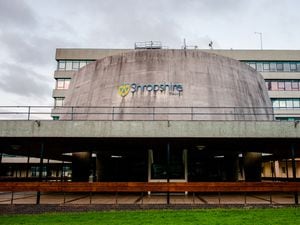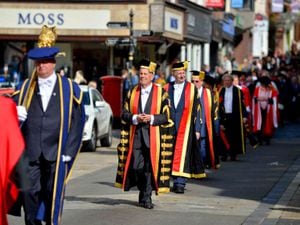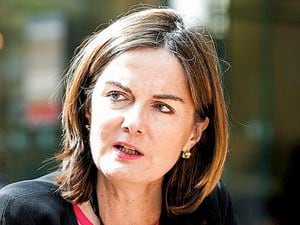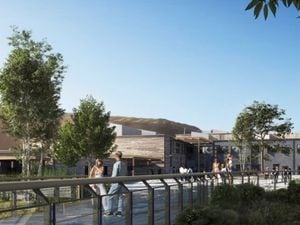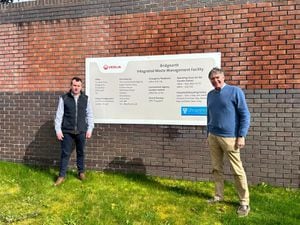Powys election sees fewer councillors to vote for in boundary changes
Powys goes to the polls to elect new councillors next week.
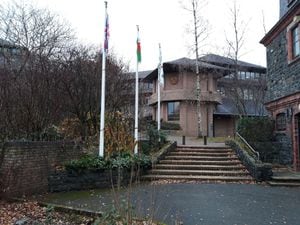
The polls are open on Thursday, while counting of the votes and announcing the results will take place on Friday.
Possibly over the weekend, after some negotiations between parties, residents will know who will be leading Powys County Council and who will be on the cabinet top table to take the major decisions for the authority.
With a population of just under 130,000, Powys is a vast rural area which with low population density.
The main towns are Newtown, Welshpool, Machynlleth, Brecon, Llandrindod Wells and Ystradgynlais.
The last council elections in 2017, saw political parties make inroads into the traditional dominance of the Independent councillors.
The Conservatives gained nine seats, and soon after in the by-election for the Yscir ward gained a tenth.
This saw them with 20 of the 73 councillors.
In 2017 the Liberal Democrats gained wards, taking them up to 13 councillors, Labour dropped from eight councillors in 2012 to seven in 2017.
Plaid Cymru had two councillors elected and the Green party one – both parties had no representatives in 2012.
Independent councillors topped the polls in 30 wards. But this was 18 independents fewer than in 2012.
The Independents formed a group and then joined forces with the Conservative group to run the council as a coalition with a healthy majority of 13 more than the 37 required to rule.
However, a lot can happen in five years and by the end of the council term, the situation had changed drastically.
Splits in both the Independent and Conservative groups had occurred, seeing significant change of numbers.
Councillors left these groups to form new ones or sit alone as non-aligned councillors.
When the council met in February and March to push through this year’s budget, the Independent/Conservative administration was a minority coalition of 35 councillors, and the Liberal Democrats had become the biggest party-affiliated group in the council.
The boundary changes brought in this year means that five fewer councillors will be elected this year, with the numbers dropping from 73 to 68.
The changes see some wards combined to form one bigger ward, and also eight multi-member wards created where voters will get the chance of voting for two candidates.

